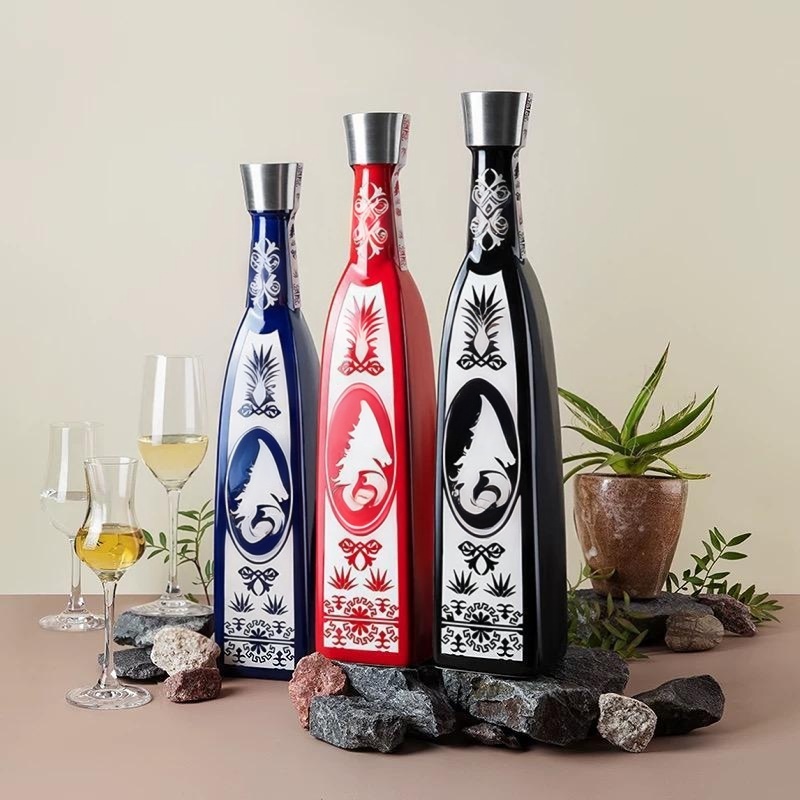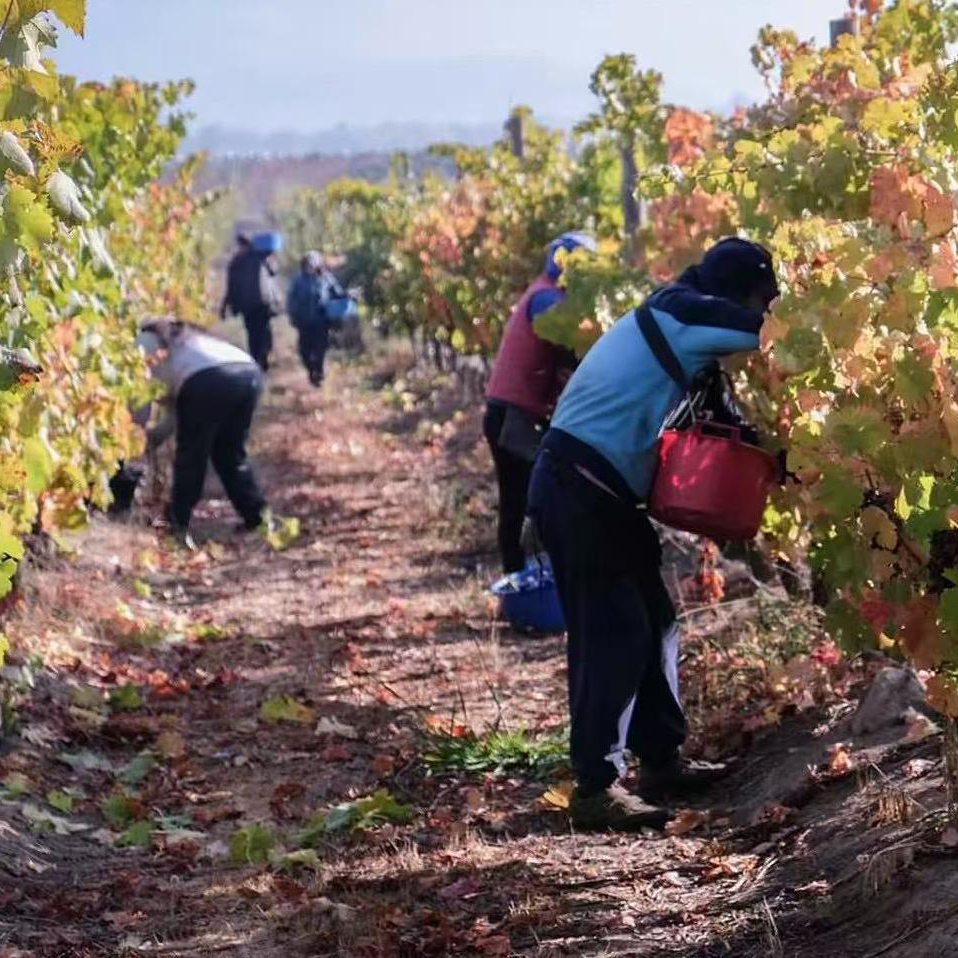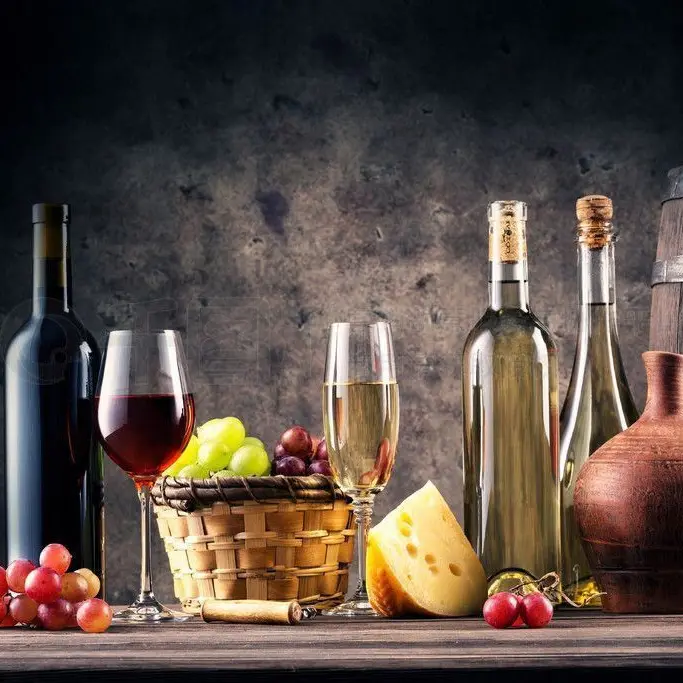German Packaging Law (VerpackG): Impact on Glass Packaging
In 2025, the German Packaging Act (VerpackG) underwent a major revision aimed at strengthening sustainability, reducing packaging waste, and increasing recycling rates. These new regulations not only affect companies in the German market, but also impose stricter compliance requirements on all international companies that want to enter the German market.What impact does packaging law have on glass packaging?
What is the German Packaging Act?
The German Packaging Act is the domestic implementation regulation of the EU Packaging and Packaging Waste Directive. It aims to regulate the management of the entire life cycle of packaging, require manufacturers, importers and retailers to take responsibility for the recycling and environmental protection of packaging, and promote the development of a circular economy.
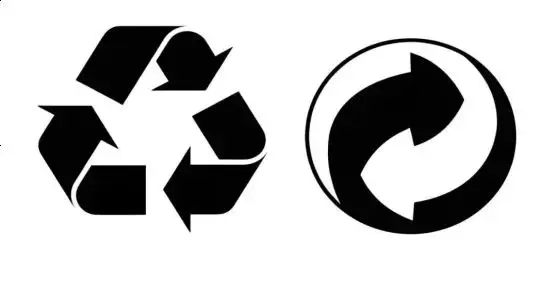
Why should you comply with German packaging law?
1.Legal mandatory requirements
Companies that are not registered in the LUCID system will be fined (up to 200,000 euros) or banned from selling products; companies that fail to fulfill their recycling obligations will be required to bear additional ecological compensation costs.
2.Reducing environmental burden
Germany generates about 19 million tons of packaging waste each year, and excessive packaging leads to resource waste and pollution; strict recycling targets (such as glass packaging must reach 90%) promote resource recycling.
3.Enhance brand value and market access
Compliant companies can avoid supply chain disruptions (such as e-commerce platforms requiring EPR registration numbers); attract consumers through environmentally friendly packaging design and enhance ESG (environment, society, governance) competitiveness.
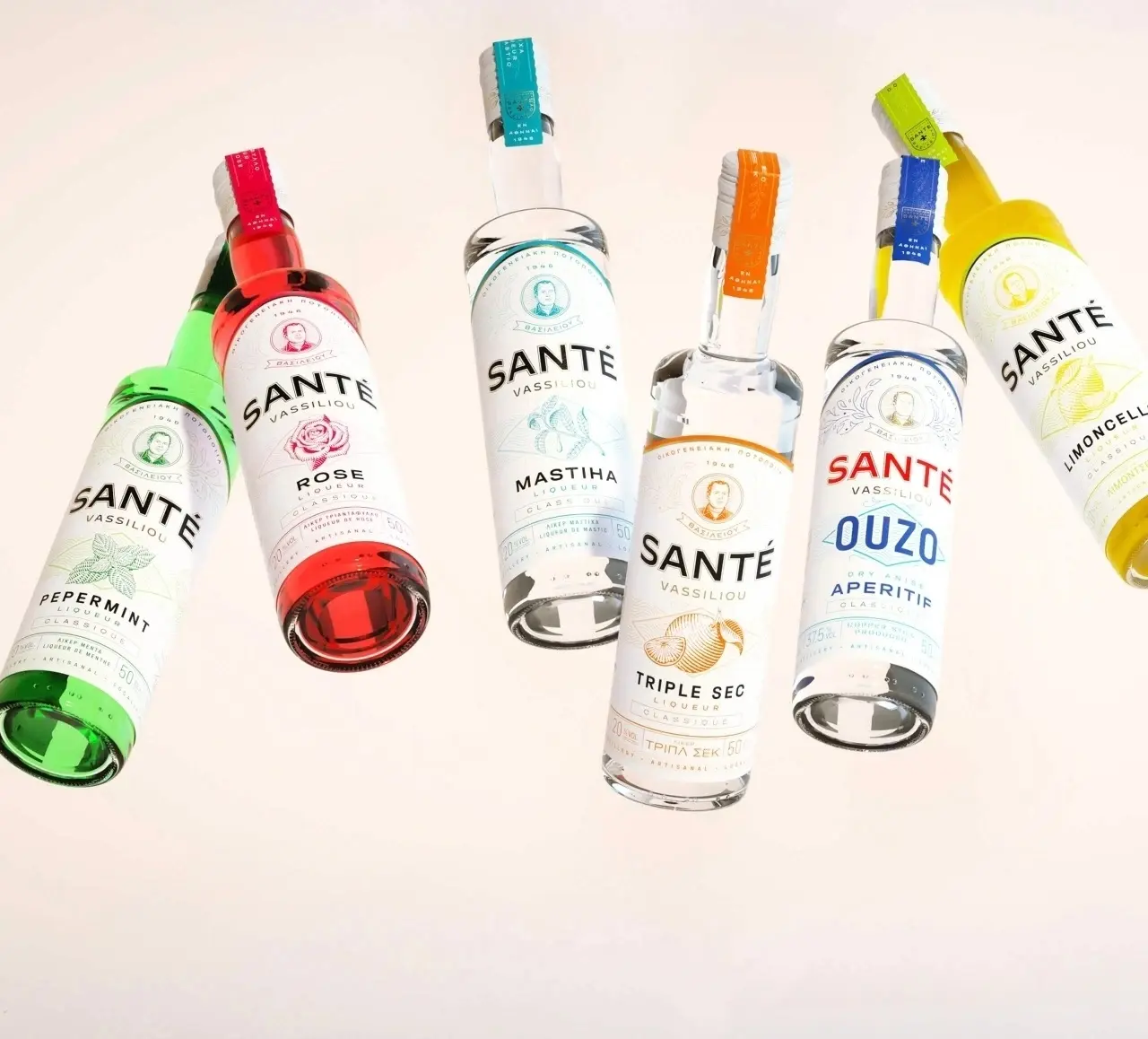
Major changes in the 2025 revision of the VerpackG
1.1 Minimum recycled content for single-use plastic beverage bottles
From January 1, 2025, all single-use plastic beverage bottles made of polyethylene terephthalate (PET) must contain at least 25% recycled content
By January 1, 2030, this requirement will be extended to all single-use plastic beverage bottles (regardless of material), with the minimum recycled content increased to 30%.
1.2 Implementation of the EU Packaging and Packaging Waste Regulation (PPWR)
On January 22, 2025, the EU issued a new Packaging and Packaging Waste Regulation (PPWR), which will come into force on February 11, 2025
From August 12, 2026, the specific requirements of the regulation will be fully applicable in Germany.
Key measures of PPWR include:
Recyclability requirements: All packaging must be designed to be recyclable, with specific criteria to be determined by the European Commission before January 1, 2028.
Recycled material content targets: Set a minimum percentage of recycled content to reduce reliance on virgin materials.
Waste reduction targets: Reduce unnecessary packaging and promote reusable packaging solutions.
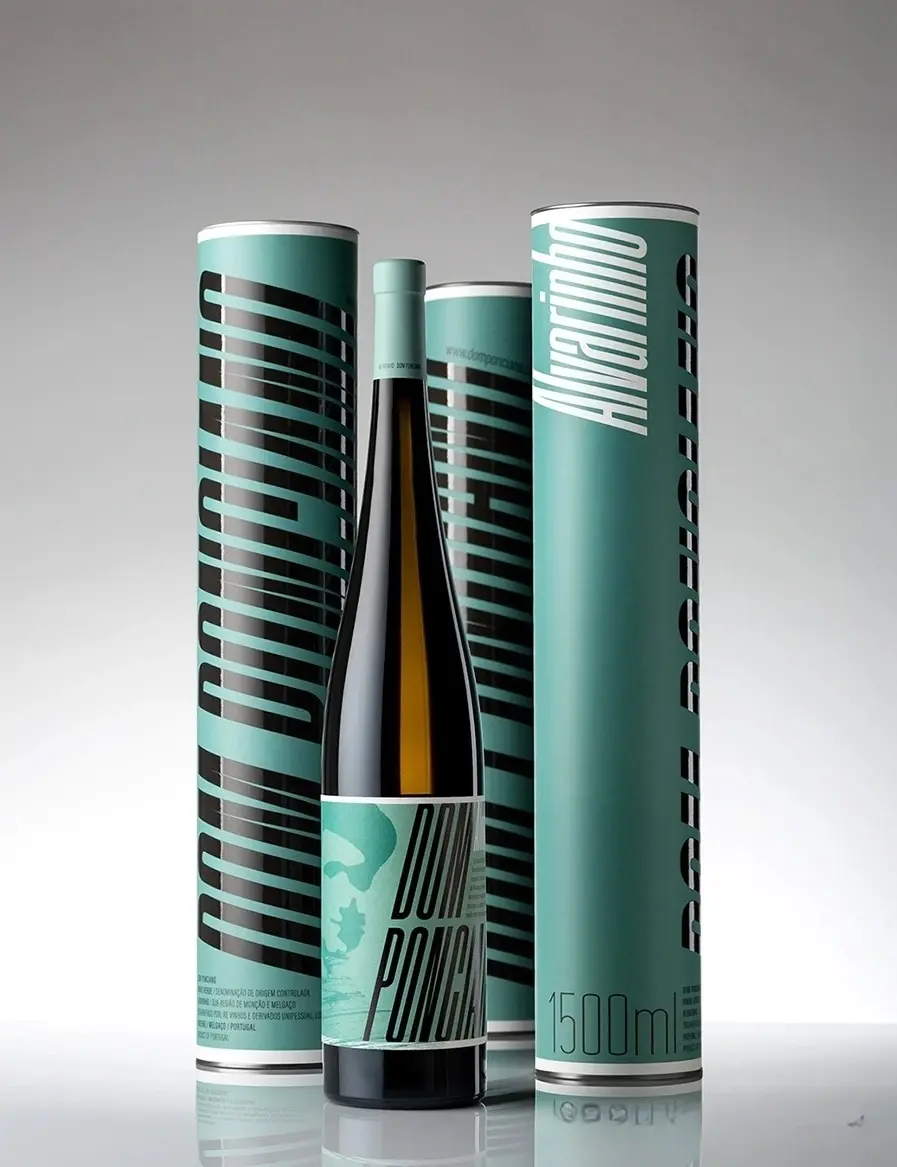
Impact on glass packaging
- Regulatory Framework and Compliance Obligations
VerpackG mandates that all businesses placing packaging on the German market—including glass—must register with the LUCID central packaging register. This registration requires detailed reporting of packaging types, materials, and weights, ensuring transparency in waste management. Failure to register can result in fines of up to €200,000 and product bans.
For glass packaging, compliance extends beyond registration. Companies must participate in a dual system (e.g., Der Grüne Punkt) to fund recycling infrastructure. The law also emphasizes recyclability by design, urging manufacturers to avoid complex coatings or non-recyclable components (e.g., colored paints on glass bottles) that hinder recycling efficiency.
- Impact on Recycling and Circularity
Glass is Germany’s most recycled packaging material, with a collection rate of 80%. VerpackG reinforces this by:
Setting recycling targets: While the law does not specify glass-specific targets, the EU’s Packaging and Packaging Waste Regulation (PPWR), adopted in 2025, aims for 100% recyclable packaging by 2030. Glass, with its infinite recyclability and closed-loop potential, aligns well with this goal.
Promoting regenerative design: The law encourages using post-consumer recycled glass (cullet). For instance, Heinz-Glas, a leading German manufacturer, has adopted plastic-free fiber packaging for transporting glass bottles, reducing CO₂ emissions and enhancing circularity.
However, challenges persist. Complex glass designs and consumer misclassification remain barriers to achieving higher recycling rates.
- Economic and Market Dynamics
VerpackG has catalyzed shifts in glass packaging’s cost structure and market positioning:
Cost optimization: While glass production relies on energy-intensive processes, using cullet reduces raw material costs and energy consumption. For example, every ton of recycled glass saves 580 kg of CO₂ and 1 ton of raw materials . Lightweighting technologies (e.g., reducing a 330ml bottle’s weight from 280g to 190g) further cut transport costs by 23%.
Premiumization and ESG alignment: Glass’s association with premium products (e.g., wine, cosmetics) and its alignment with EU ESG standards drive market demand. European consumers increasingly prefer glass for its safety, inertness, and sustainability, with 80% valuing it as a “future-proof” packaging choice.
- Industry Innovations and Adaptations
To comply with VerpackG, glass manufacturers are embracing innovation:
Design for recyclability: Companies are phasing out non-recyclable elements. For example, decorative labels are being replaced with laser engraving to avoid coating-related recycling issues.
Digital tracking and transparency: Blockchain and IoT solutions are being used to trace glass packaging from production to recycling, ensuring compliance with VerpackG’s reporting requirements.
Collaborative initiatives: The European Container Glass Federation (FEVE) advocates for material-specific waste reduction targets under PPWR, ensuring glass isn’t disadvantaged by weight-centric metrics that favor lighter but less recyclable materials like plastic.
- Challenges and Future Outlook
Despite its advantages, glass faces competition from bioplastics and flexible packaging. VerpackG’s emphasis on reduction over recycling could incentivize alternatives unless glass demonstrates net environmental benefits.
However, the EU’s Circular Economic Action Plan and Germany’s commitment to carbon neutrality by 2045 position glass as a strategic material. Key trends include:
Expanded deposit systems: Germany’s deposit return scheme (DRS), covering 90% of single-use beverage containers, may soon include glass bottles to boost collection rates.
Regulatory evolution: As PPWR is transposed into German law, stricter recyclability standards and regenerative design mandates will likely emerge, solidifying glass’s role in a circular economy.
How to prepare for 2025
1.Connection with the new EU regulations
The EU's "Disposable Plastics Directive" in 2025 requires plastic packaging to contain 30% recycled materials, and companies need to adjust their production processes in advance.
2.Extended supply chain responsibility
Importers need to ensure that overseas suppliers' packaging meets German standards;
E-commerce platforms (such as Amazon) require sellers to provide EPR registration numbers, otherwise the products will be removed from the shelves.
3.Technological innovation and cost optimization
Use blockchain technology to track the flow of packaging and improve recycling transparency; reduce licensing fees by reducing packaging weight (such as reducing plastic use by 10% can save thousands of euros).
The German Packaging Law focuses on "reduction, recycling, and circulation", requiring companies to fulfill their responsibilities throughout the process from registration, design to recycling. Compliance can not only avoid high fines and market bans, but also win consumer trust through an environmentally friendly image. As the EU's circular economy policy increases, companies that plan green packaging in advance will have an advantage in future competition






